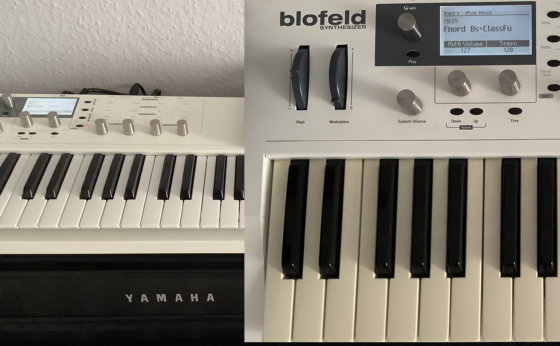
A short Christmas meditation on yellowed keys and plastics, with some empirically sound facts at last, and with a slightly tainted good message.
Continue reading
A short Christmas meditation on yellowed keys and plastics, with some empirically sound facts at last, and with a slightly tainted good message.
Continue reading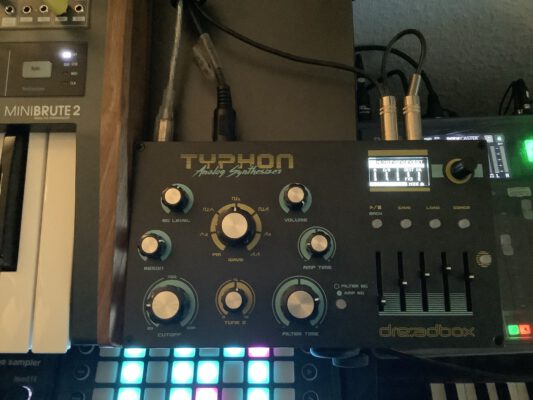
I’ve won a Dreadbox Typhon in a sweepstake, and it’s bloody brilliant. Like, really, really brilliant! A fun machine with a monster sound and a great concept for real-time sound manipulation and editing. If there wasn’t that nasty problem with digital noise.
Just listen to it! It’s wonderful – but you will have noticed the nasty sound on switching it on, and the permanent high-frequency noise. (Oddly enough, it’s no longer in the recording as soon as the sequencer starts, but believe me – it’s there, all of the time.)
Digital noise, for sure.
Okay, it’s dodgy, but aren’t keytars just?
Continue reading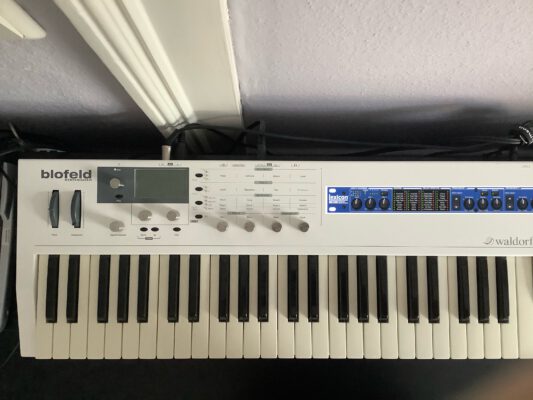
Upgrading the Blofeld with proper Studio-grade reverb and outputs – a medium-level mod for the brave at heart. CONCEPT ONLY, NO PROOF-OF-CONCEPT YET.
Continue readingStephan (aka umusic6) did some nice work:
Thanks to his efforts, there is now a Bit Edition of Stereoping’s Synth Controller, for Crumar Bit-01/One/99 with the Tauntek firmware. You can read up on the firmware, or order it, here.
(No, this is not an affiliate link, I have no share in this. But I think it’s a great project.)
A step-by-step description.
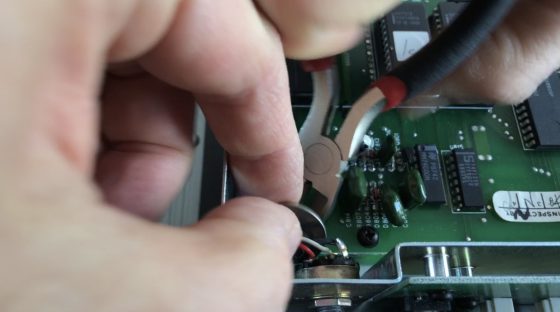
The Matrix-1000 was built in a time when there were no USB sticks and flash cards – the technology for storing small amounts permanently in electronics was a battery that kept the memory powered when the unit was switched off.
In the Matrix-1000, this is done with a very common type of battery – a CR2032 3-volt lithium battery, that has been working fine for more than two decades now but is destined to fail at last.
Unfortunately, one of the cost-cutting measures in the budget Matrix synth was to solder it in directly to save on the battery holder – so the replacement of the battery is a minor technical operation.
For good measure, you should consider replacing the firmware with Bob’s upgraded V1.20 as well.
Replacing the battery is not hard, but there are some dangers involved, for you as well as for the old hardware.
Although it might be possible to solder in the battery holder without removing the PCB if you are very skilled, it is probably easier to take the electronics board out:
The video of the process is quite detailed (i.e.: BOORING!), and it misses out the crucial detail of how to actually solder – the trick is that you use the soldering iron to heat up the wires you want to solder, and then melt the solder by touching those wires with it. The beginners’ technique of just holding the solder to the hot iron leads to ugly blobs of solder on your PCB. But if you really intend to watch this, you probably know how to solder anyway. (There is a short version of the video as well. With music!)
Props to Ralf, who lent me his Matrix-1000 to do this video.
Just a teaser for a detailed description and an unbearably long video to go with it.
Want that ancient battery in your M-1000 replaced but have no clue how to do it? I am looking for one person to give me their Matrix for the operation – to do a tutorial. You won’t have to pay for anything but the shipping cost – but I’d need you to agree to the terms and conditions (see below)
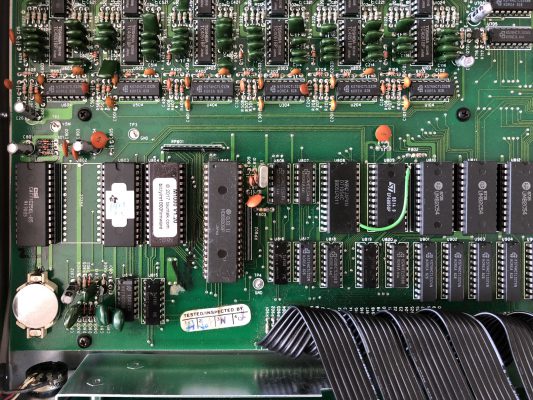
These days, whenever somebody enquires about the improved firmware I am selling, I recommend changing not only the firmware chip but the battery as well. This battery, located in the lower left corner of the PCB next to the volume knob, is responsible for keeping the the Matrix’ memory chip running when the unit is switched off, so that your synth remembers all those meaty vintage sounds in banks 0 and 1. It has been doing that reliably for decades now, and it is a marvel that the battery is still working after all that time.
Unfortunately, replacing this battery is no simple switch operation, as the old battery is soldered in without a battery holder. (Remember, the Matrix-1000 was a budget machine back then.) So a minimum amount of soldering is required – no big deal, and certainly doable for almost everybody, but I would like to do a (video) tutorial, and I would need another Matrix-1000 for that. Maybe yours?
Here is what you would need to agree to:
Agree? Interested? Just contact me.
My thoughts about the Dino Park synth board:
The last question kept on nagging me so I kind of dodged it and came up with the easyiest possible solution.
Behold: The Dino Box.
I am very proud of the artwork – my kids did most of it. I have taken the box for a first test drive with my band, and it worked fine.
What you need:
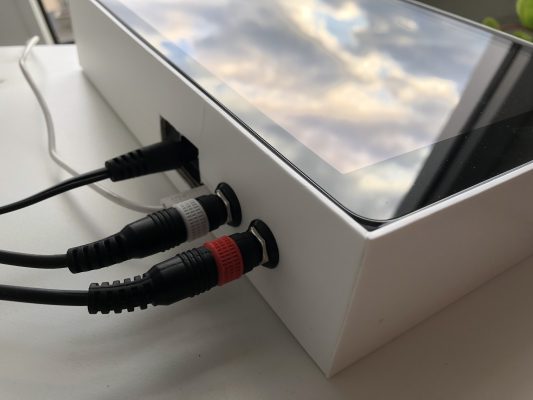
Couple of notes:
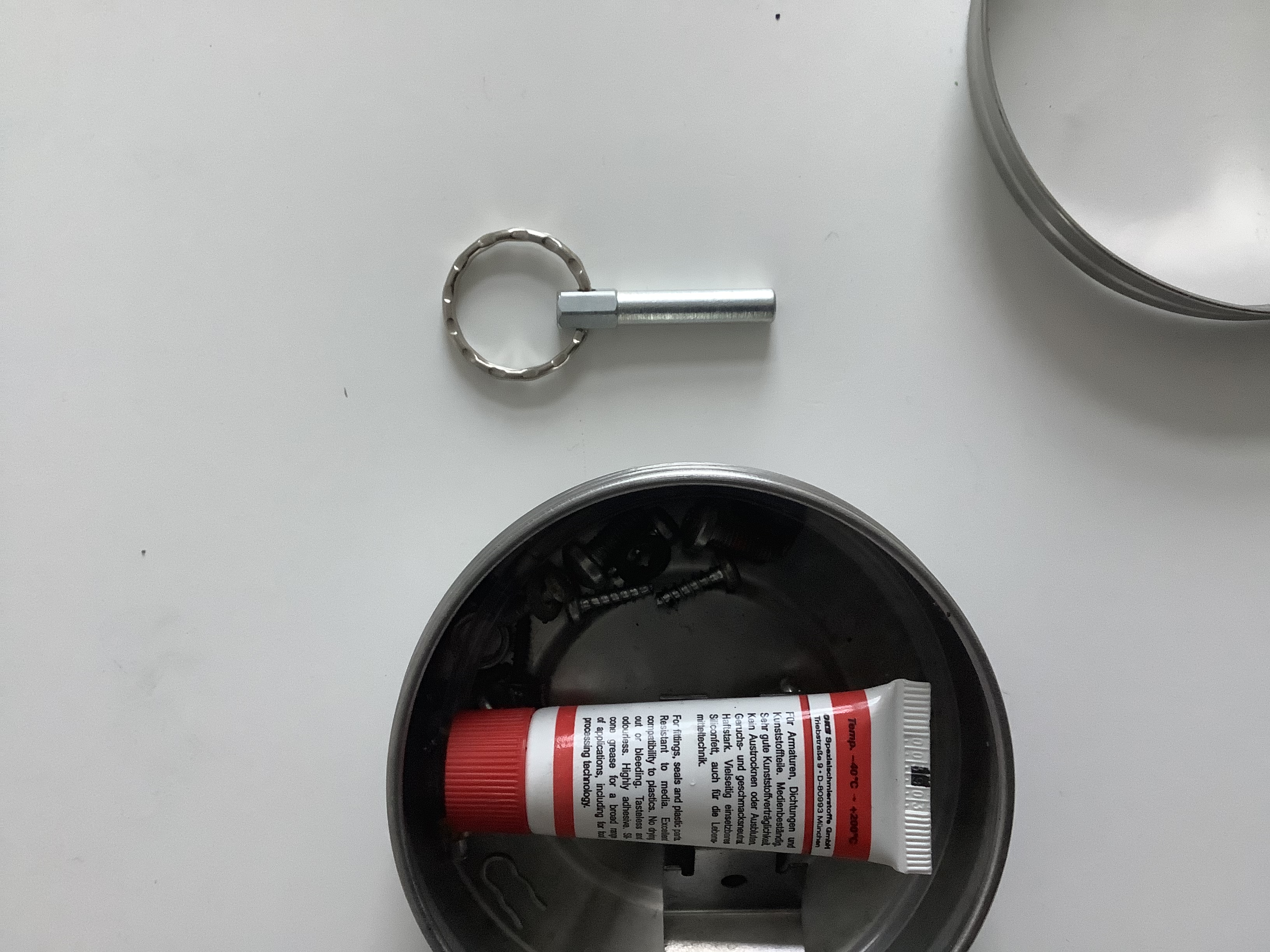
In which I am laying out the reasons for my conviction that the Jura brand coffee machine which I am trying to fix right now is a desaster. German only.